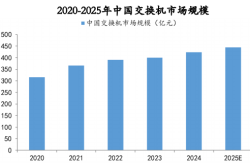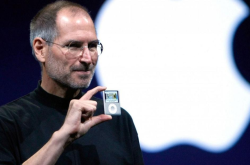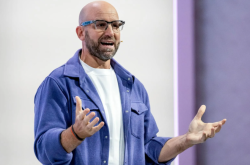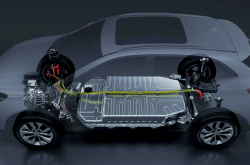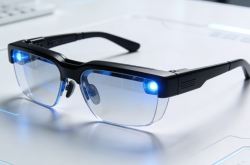After five years, Yu Chengdong finally realized almost all of the grand promises he made about HarmonyOS
![]() 09/25 2024
09/25 2024
![]() 535
535
On August 9, 2019, Huawei officially released HarmonyOS, initially as version 1.0.
However, at the release event, Yu Chengdong made bold claims, stating that this unified system could be used across IoT, smartphones, automobiles, tablets, computers, and more, surpassing Android and iOS.
Initially, HarmonyOS was only used on smart TVs, later expanding to watches and IoT products.

It wasn't until June 2021, two years later, that Huawei officially launched the HarmonyOS 2.0 upgrade.
The core feature of this version was its compatibility with smartphones and tablets, effectively replacing Huawei's EMUI (based on modified Android AOSP code). Overnight, Huawei smartphones were upgraded to HarmonyOS.
However, everyone knows that while HarmonyOS replaced Android on smartphones and tablets, it didn't truly replace it due to the lack of a dedicated HarmonyOS ecosystem, relying instead on compatibility with Android's ecosystem.
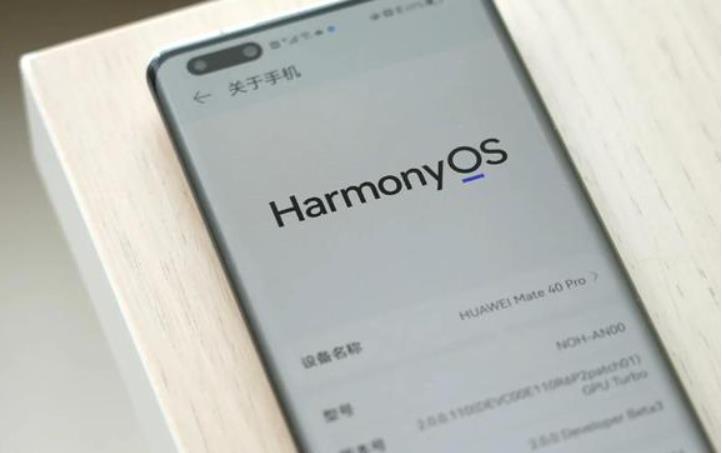
HarmonyOS, which is compatible with Android's ecosystem, is essentially still Android, as all commonly used apps are Android-based.
Therefore, users hope that Huawei will quickly launch a version of HarmonyOS that is not compatible with Android apps, building an ecosystem unique to HarmonyOS. In late 2023, Huawei officially announced HarmonyOS NEXT, also known as Pure HarmonyOS, which is no longer compatible with Android apps and can only run HarmonyOS apps.
Currently, HarmonyOS NEXT is on the horizon and, according to media reports, may be released alongside the Mate70.
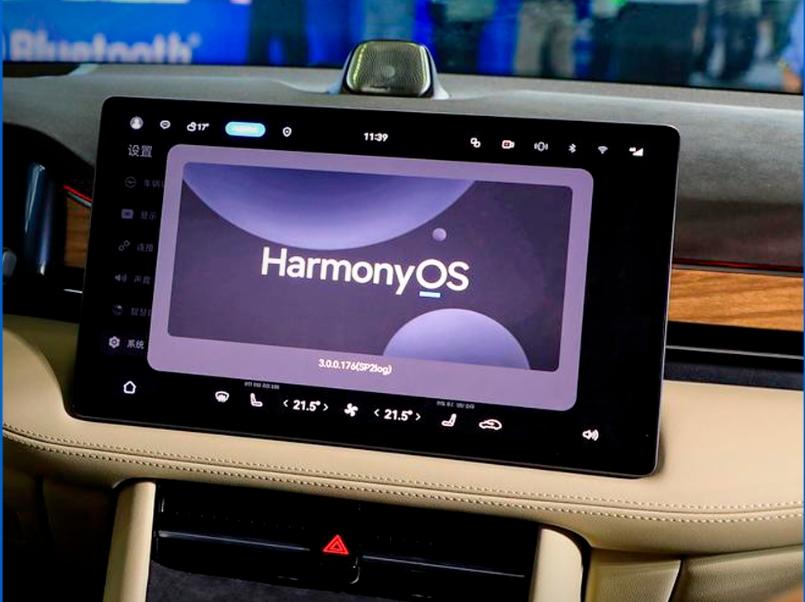
However, after the development of HarmonyOS NEXT, people realized that one of Yu Chengdong's grand promises remained unfulfilled: HarmonyOS has not been used on PCs. The so-called unification has not yet been fully achieved.
Recently, Yu Chengdong told the media that HarmonyOS for PCs is on the way, suggesting that Huawei's Windows PCs will be among the last to adopt it. According to Wang Chenglu, a HarmonyOS PC version will be available within this year.
In other words, HarmonyOS is finally poised to complete the puzzle, achieving full coverage across smartphones, computers, IoT devices, and unifying all device ecosystems.
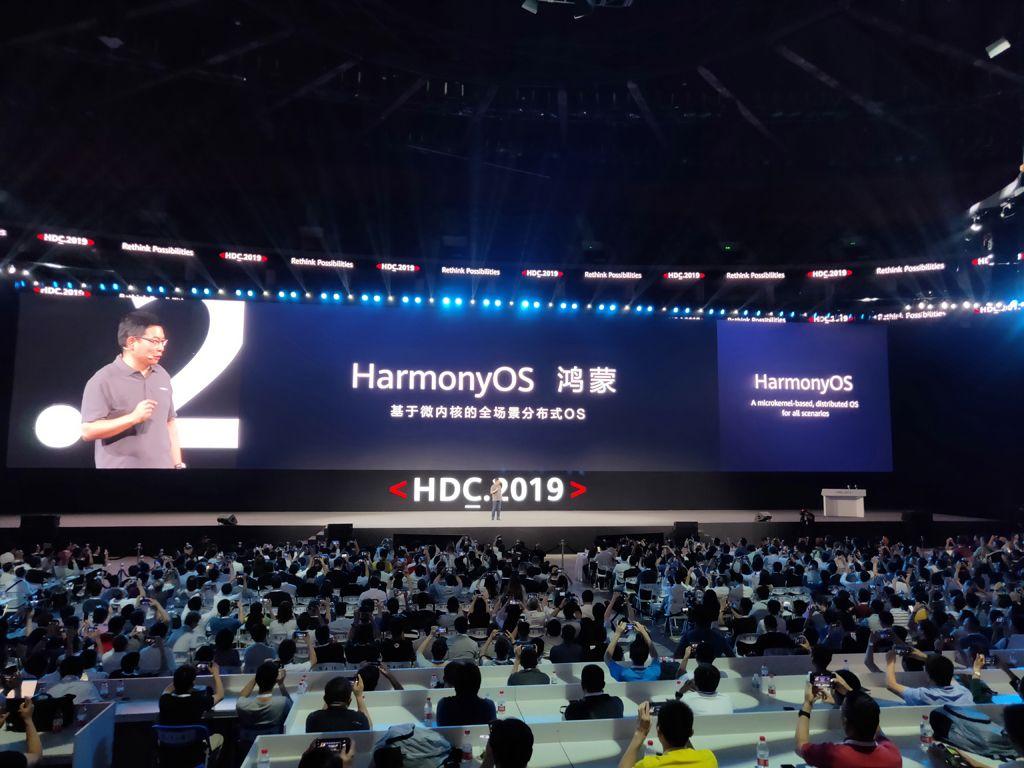
From 2019 to 2024, it took five years for Yu Chengdong to fulfill almost all of his grand promises about HarmonyOS.
If HarmonyOS truly bridges the mobile internet ecosystem of smartphones, the PC internet ecosystem, and the IoT ecosystem, it will undoubtedly become the world's most powerful operating system, surpassing Windows, Android, iOS, and Linux.
Let's wait and see if HarmonyOS can complete the final puzzle piece by covering PCs within this year.



